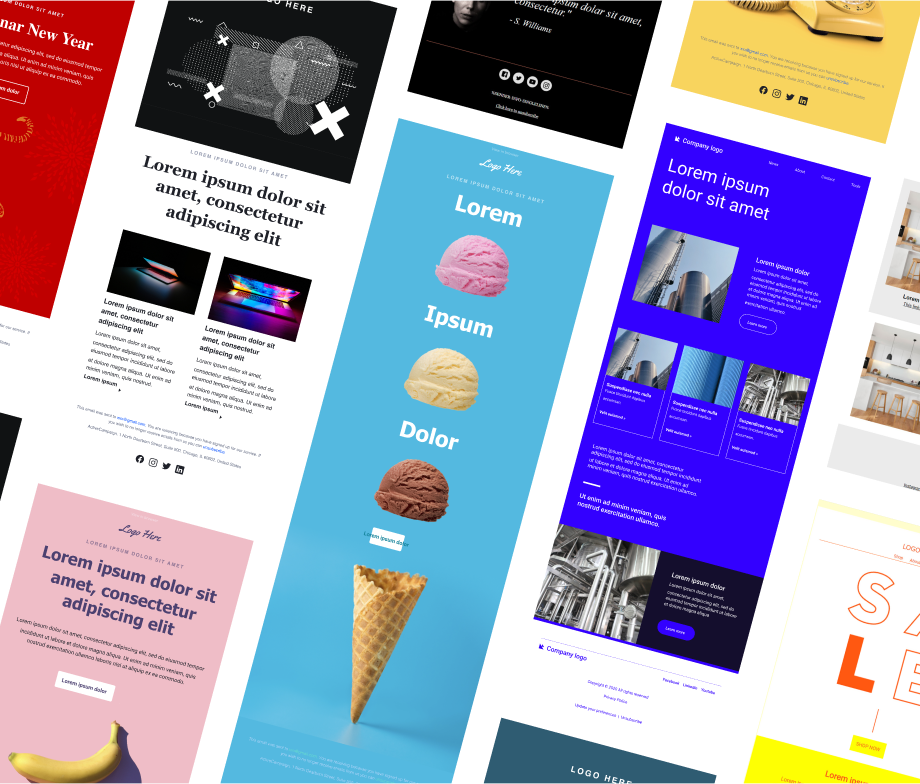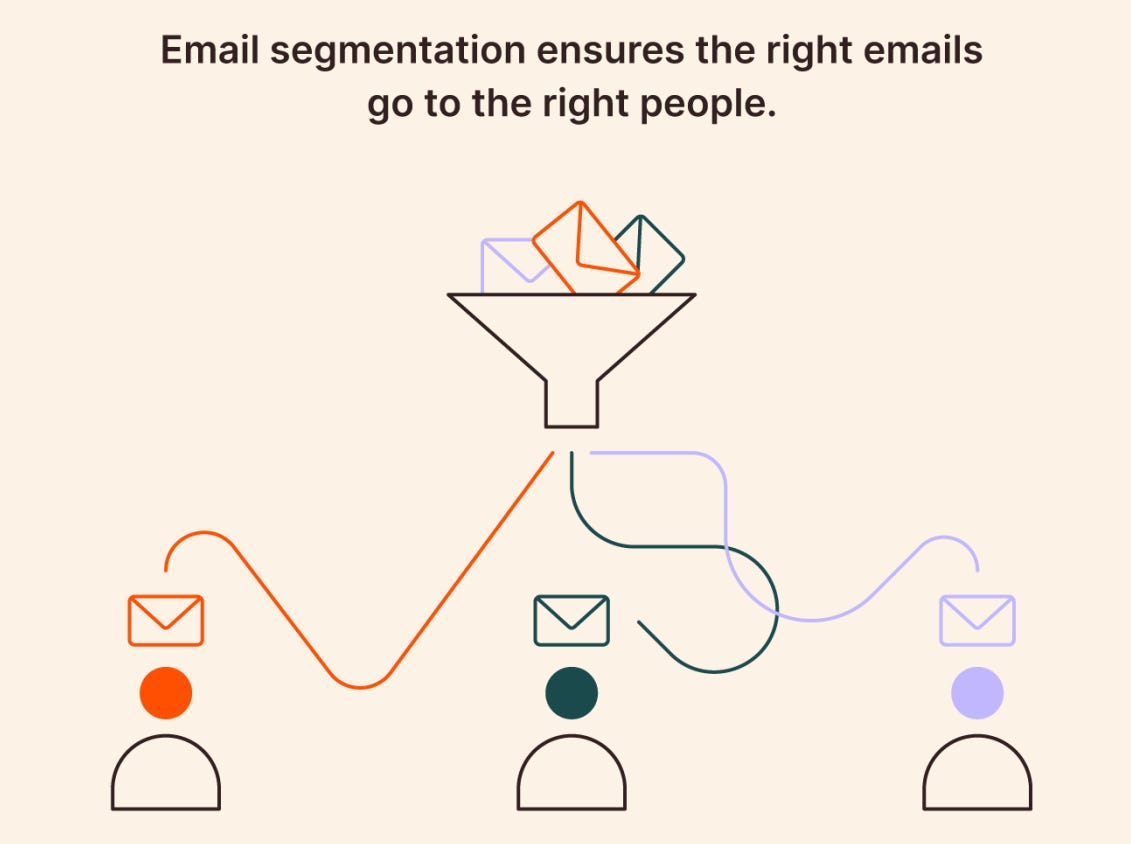How to Master Email Marketing in 2025 🤯 (Free E-Book Inside) | Ali Solanki
Educational article: Mastering Email Marketing in 2025 – A Complete Guide
📕 Link to the Email Marketing Guide: https://courses.alisolanki.com/courses/Complete-Email-Marketing-E-Book-67336f29f9ad734e6f1fa61c
Introduction:
Email marketing continues to be a powerful tool for businesses, allowing direct communication with customers while nurturing relationships and driving sales. This guide explores the three essential stages of email marketing as described: email collection, crafting effective emails, and customer retention through segmentation and automation. Let’s dive into each step and understand how to optimize your strategy for maximum impact in 2025.
1. The Basics of Email Marketing
Email marketing remains one of the most cost-effective and impactful channels for engaging with customers. By using targeted messages and personalized content, brands can create memorable interactions, increase brand loyalty, and drive repeat purchases. However, success in email marketing depends on understanding each stage of the customer journey and adapting communication strategies accordingly.
2. Stage One: Collecting Emails
Building a strong email list is the foundation of a successful campaign. Here’s how to collect emails effectively:
Forms on Your Website: One of the simplest ways to gather emails is through forms. Placing signup forms on your website allows visitors to subscribe to newsletters or promotional offers. For example, Ali suggests adding these forms directly to your website or agency page to capture interested visitors.
Newsletters: Newsletters can attract new signups, particularly if you consistently provide value. Ali recommends Substack as a tool to build personal connections through newsletters, as it’s free and allows easy signup.
Buying Targeted Email Lists: Although this method requires more caution, buying email lists from reputable sources can accelerate list growth. Look for lists targeted to your niche, ensuring the contacts are relevant and likely to engage with your content.
3. Stage Two: Crafting Effective Emails
Creating emails that resonate with your audience is crucial for achieving high open and conversion rates. Here are some tips for crafting impactful emails:
Write Engaging Subject Lines: Strong subject lines capture attention and increase open rates. Ali offers a resource with 100 tested subject lines—proven to drive engagement. Consider creating subject lines that are clear, concise, and promise value.
- Structuring the Email Content: Breaking down emails into three parts:
Hook: Capture attention with a clear reason to read the email.
Body: Provide valuable information related to the subject, ensuring that promises made in the subject line or hook are fulfilled.
Call to Action (CTA): Guide the reader toward the desired action, whether it’s making a purchase, clicking a link, or signing up for an event.
Professional and Visual Appeal: For visually appealing emails, tools like MailChimp offer drag-and-drop editors and templates that make email newsletters look polished. MailChimp also provides insights on open rates and engagement, enabling you to optimize your emails.
4. Stage Three: Retaining Customers with Segmentation and Personalization
Retention is the key to maximizing customer lifetime value, and personalization makes customers feel valued. Here’s how segmentation and automation can help:
Customer Segmentation: Divide customers into groups based on demographics, past purchases, or interests. For example, Ali segments customers by purchase history, enabling him to tailor emails for specific interests—like basic or designer products. According to HubSpot, segmentation can increase revenue by up to 70%.
Automated Email Workflows: Use automation to send targeted emails at key moments, like welcome messages, abandoned cart reminders, and post-purchase follow-ups. Setting up these workflows ensures timely engagement without manual effort, particularly for e-commerce brands.
Warming Your Domain: When sending large volumes of emails, warming your domain is essential to avoid being flagged as spam. Begin by sending small batches and gradually increase the volume over time. This process helps establish your domain’s credibility, ensuring emails reach your audience’s inboxes.
Conclusion
Email marketing is evolving, and staying ahead in 2025 will require a combination of proven strategies and new tools. By focusing on collecting relevant emails, creating compelling content, and retaining customers through segmentation and automation, brands can harness the power of email to build stronger customer relationships and boost revenue.
📕 Link to the Email Marketing Guide: https://courses.alisolanki.com/courses/Complete-Email-Marketing-E-Book-67336f29f9ad734e6f1fa61c






